ATLANTA -- Soldiers from Fort McPherson got to see July 27 the latest technology being used to help rehabilitate those suffering from spinal and traumatic brain injuries at the Shepherd Center in Atlanta.
The center, started in 1975, is one of the largest facilities dealing with such injuries in the country and boasts many firsts and success stories in treatments. For this reason, many injured servicemembers are treated there.
The prevalence of spinal injuries and TBI has been on the rise among servicemembers due to advances in protective equipment that allow more troops to survive wounds that would have been fatal in previous conflicts.
According to 2007 statistics from the Defense and Veterans Brain Injury Center, a research and treatment agency run by the Pentagon and Veterans Affairs Department, about 2,100 troops have been formally diagnosed with TBI, with estimates that up to 150,000 troops may have suffered mild TBI.
The injury is observed in nearly 64 percent of the wounded, leading TBI to be categorized as the signature wound of the Iraq and Afghanistan wars.
Prior to modern medical advances, many created at the Shepherd Center, such injuries would often lead to placement in an assisted living facility, said Alana Shepherd, one of the founders of the center, along with her husband Harold.
Alana's involvement began when injury struck her son, James.
James, while body surfing off the coast of Rio de Janeiro, suffered a spinal cord injury.
James' recovery in a Denver facility, the only place he could receive the help at the time, led to the creation of the center which has been labeled as one of the nation's best rehabilitation hospitals by U.S.News & World Report repeatedly since 2000.
"We do all we can to move patients forward," Alana said, adding 97 percent of patients are able to return home.
During their tour of the center, Soldiers got to see why those numbers are possible, spending time in various sections of the hospital to see the ordinary and extraordinary means used in treatment.
Capt. Nicholas Williams, commander for Headquarters and Headquarters company, U.S. Army Garrison, said he was amazed at the technological aspect of the center, noting the integration of technology and engineering was fascinating.
John Anschutz, Shepherd Center assistant technologist, displayed some of that technology, including the DragonNatural Speaking (a voice recognition computer program) and a video game-type trainer that allowed quadriplegics to operate their wheelchair with an oral tube, and mentioned future projects in the works.
Anschutz said the center works with patients to solve needs and also works closely with students at Georgia Tech, located next to the center, to come up with ideas.
"The more minds we have working on programs, the more progress we can make," he said.
Soldiers got to see the results of that progress when they witnessed the discharge celebration of Hansel Graef, 13, a teenager who was admitted to the center June 7 with a spinal cord injury to the C6 and C7 vertebrae.
Graef's parents said when he entered the Center, the only one in the country to feature an adolescent unit, he was unable to eat and had lost 17 pounds.
However, through the work of psychologists, counselors and therapists at the center, he began to regain lost weight, as well as movement and strength.
Such success has been seen in the more than 200 veterans treated at the center, Shepherd said.
"We're so proud of them and their accomplishments," she said, noting the success of one Soldier who is now taking classes at Harvard University after receiving treatment for a TBI.
A high success rate comes from the hospital's quick response time, Shepherd said. Many of the veterans - who come from every branch of service - come to the center directly from battle.
Because the center contains an intensive care unit, it can take people in as early as possible, she added.
Outside donations, including those from businessmen, such as Bernie Marcus, founder of Home Depot, and fundraisers, help provide for the money to treat veterans and have their Families accompany them through the healing process, which aids recovery, Shepherd said.
Large contributions of money help the facility with needs required for the therapy, many of which the tour saw.
Throughout the tour, Soldiers saw the different gyms the therapies are conducted in, including the swimming pool for water therapy.
They also saw the training courts for the center's patient athletic teams, which include a swim, ski, bass fishing, hand cycling, fencing, bowling, shooting, basketball and rugby team.
Maj. Helen Duggan, executive officer, USAG battalion headquarters, said she was impressed by the technology employed there and how it added hope to people who "before had a bleak future."
Alan Roof, Shepherd Center chaplain, said in addition to all the gadgets, much effort is spent focusing on getting patients back to what they used to be.
"We have therapeutic recreation," he said, explaining how it gets patients out into the community.
Patients take group trips to stores, Atlanta Braves baseball games, shopping centers and recreation facilities such as ski resorts.
"When you deal with people who rebuild their lives, you see a massive ability to transform and the amazing human ability and desire to overcome tragedy," he said.
Chap. (Capt.) Fred Wendel, USAG Catholic chaplain, who arranged the tour, said he has been seeing that transformation since 1997, before he joined the Army.
Most recently, he was at the center last month as part of unit ministry team training and wanted to share that opportunity with others. It was an experience Duggan was glad to take, describing it in one word. "Amazing."
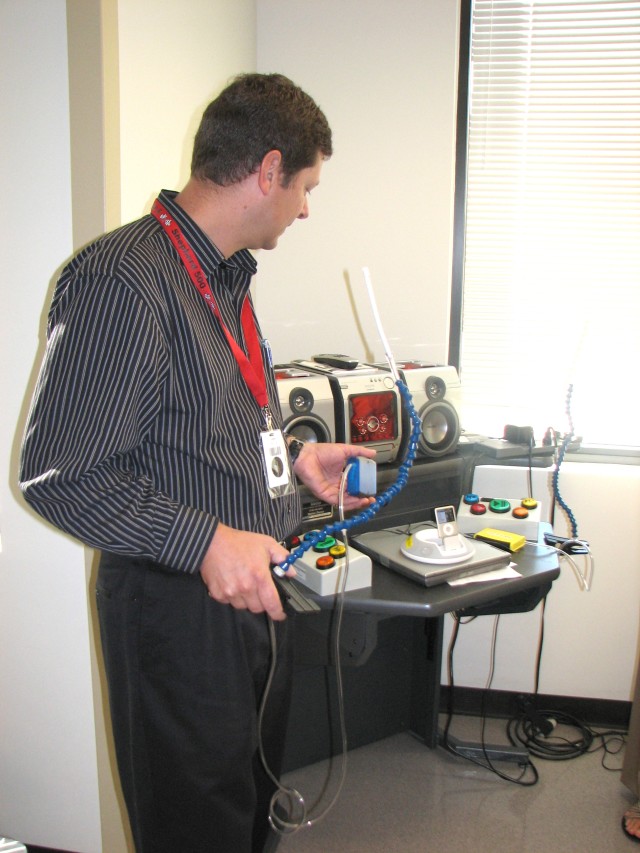

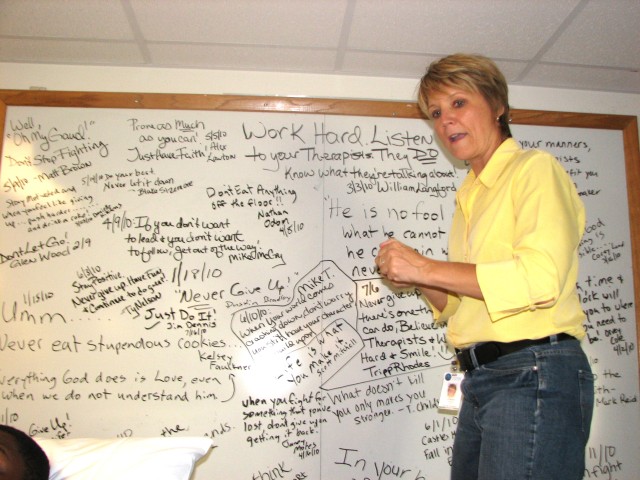
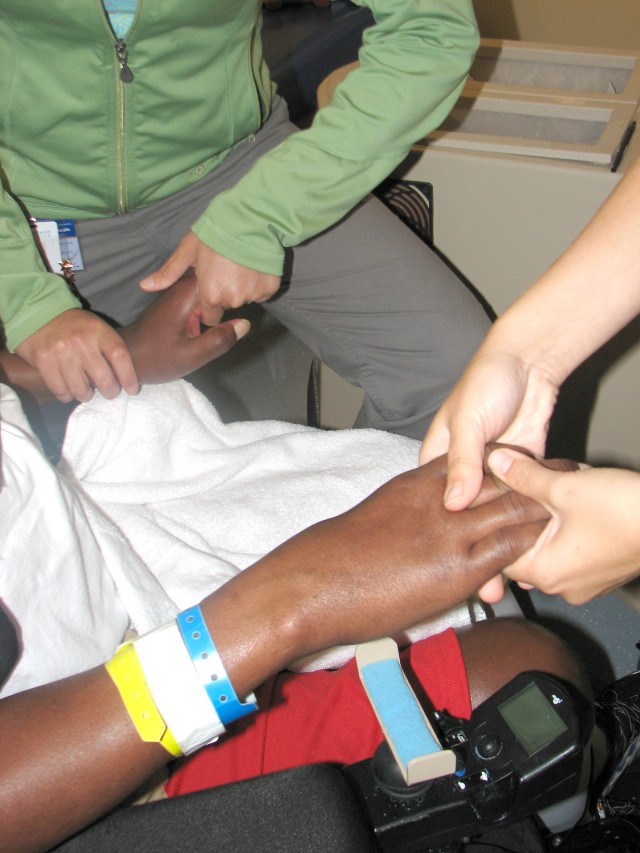
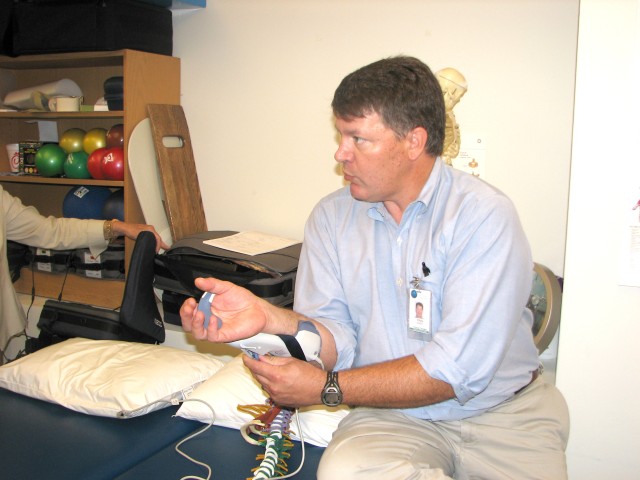
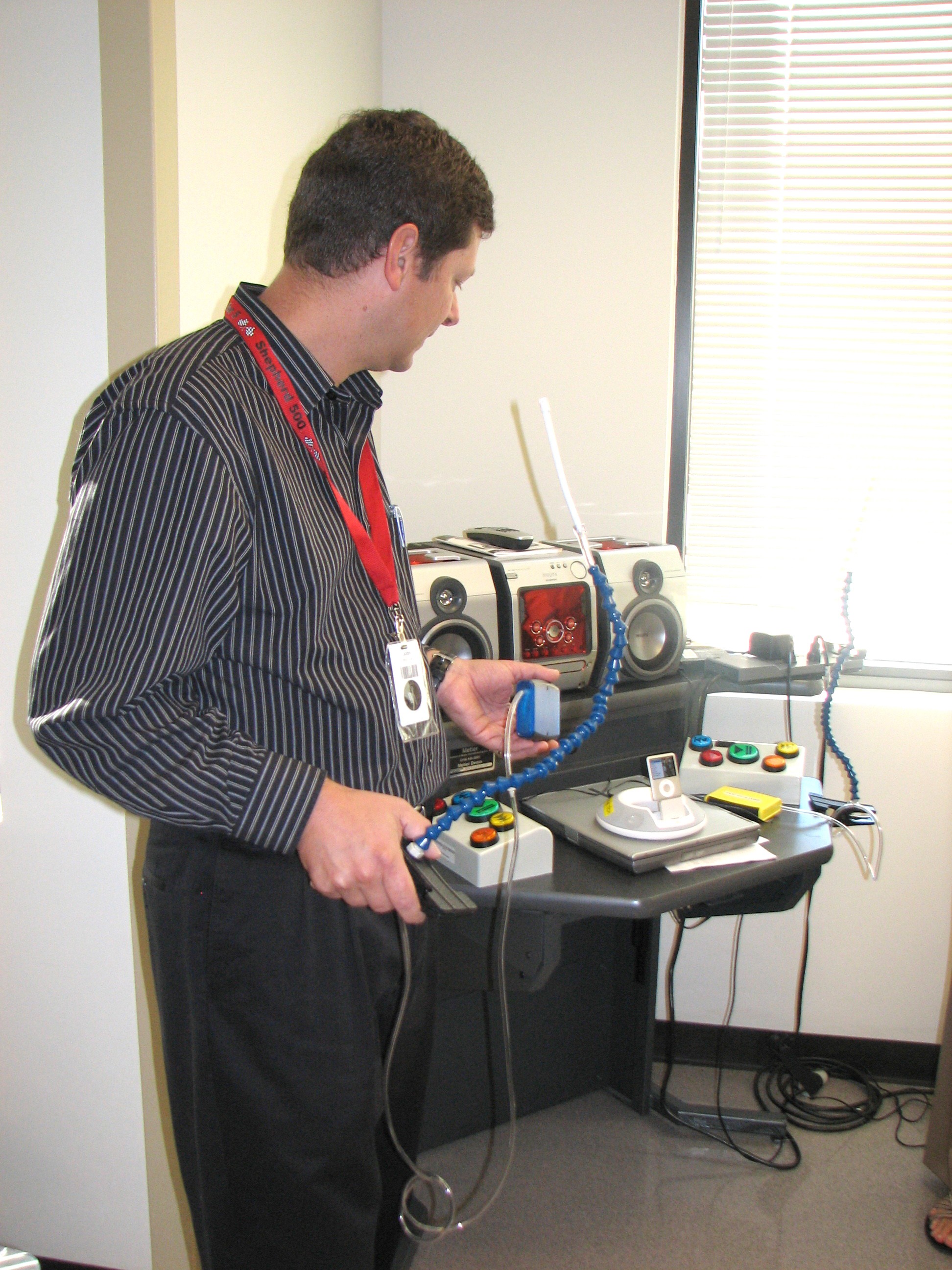
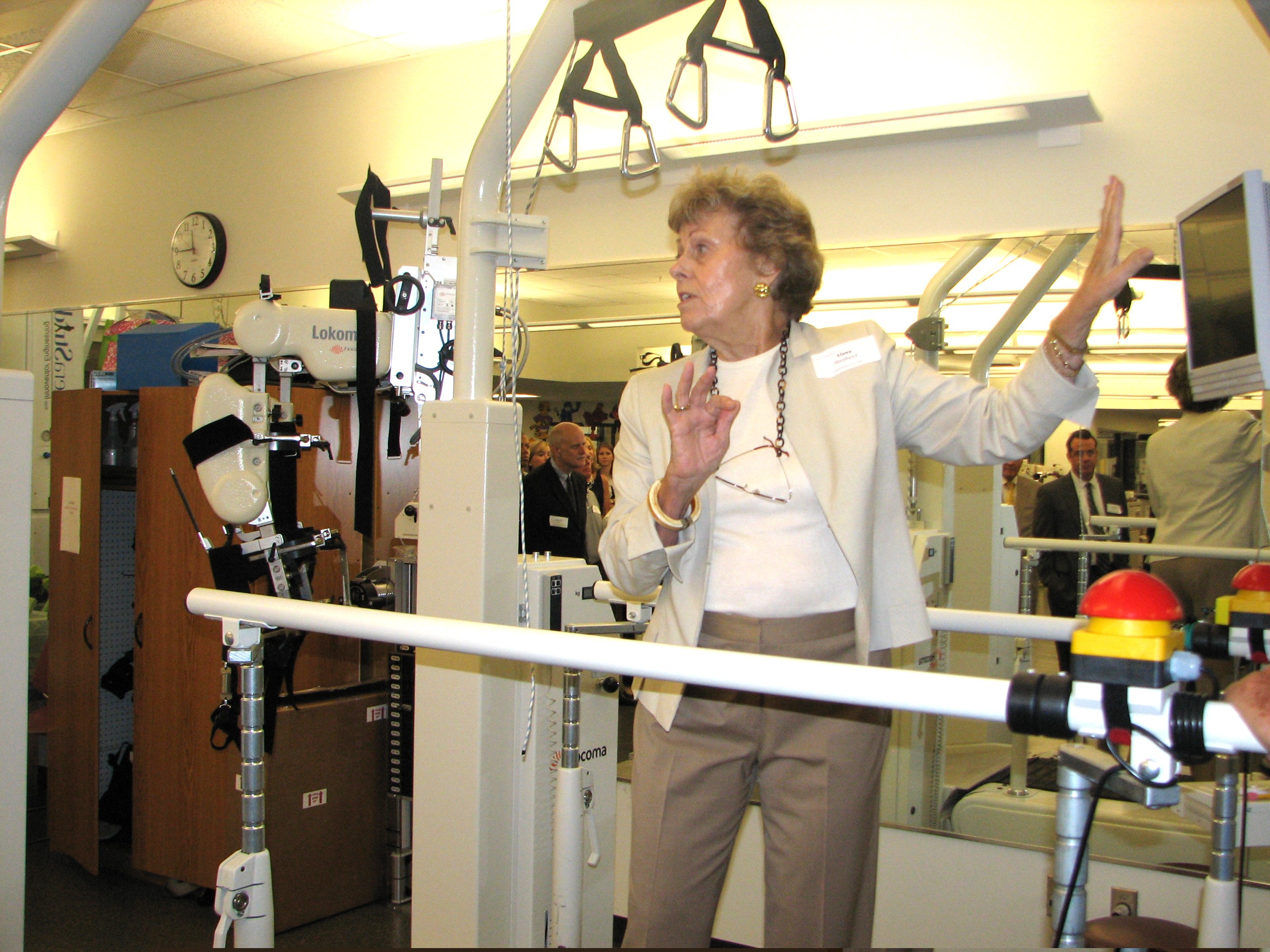


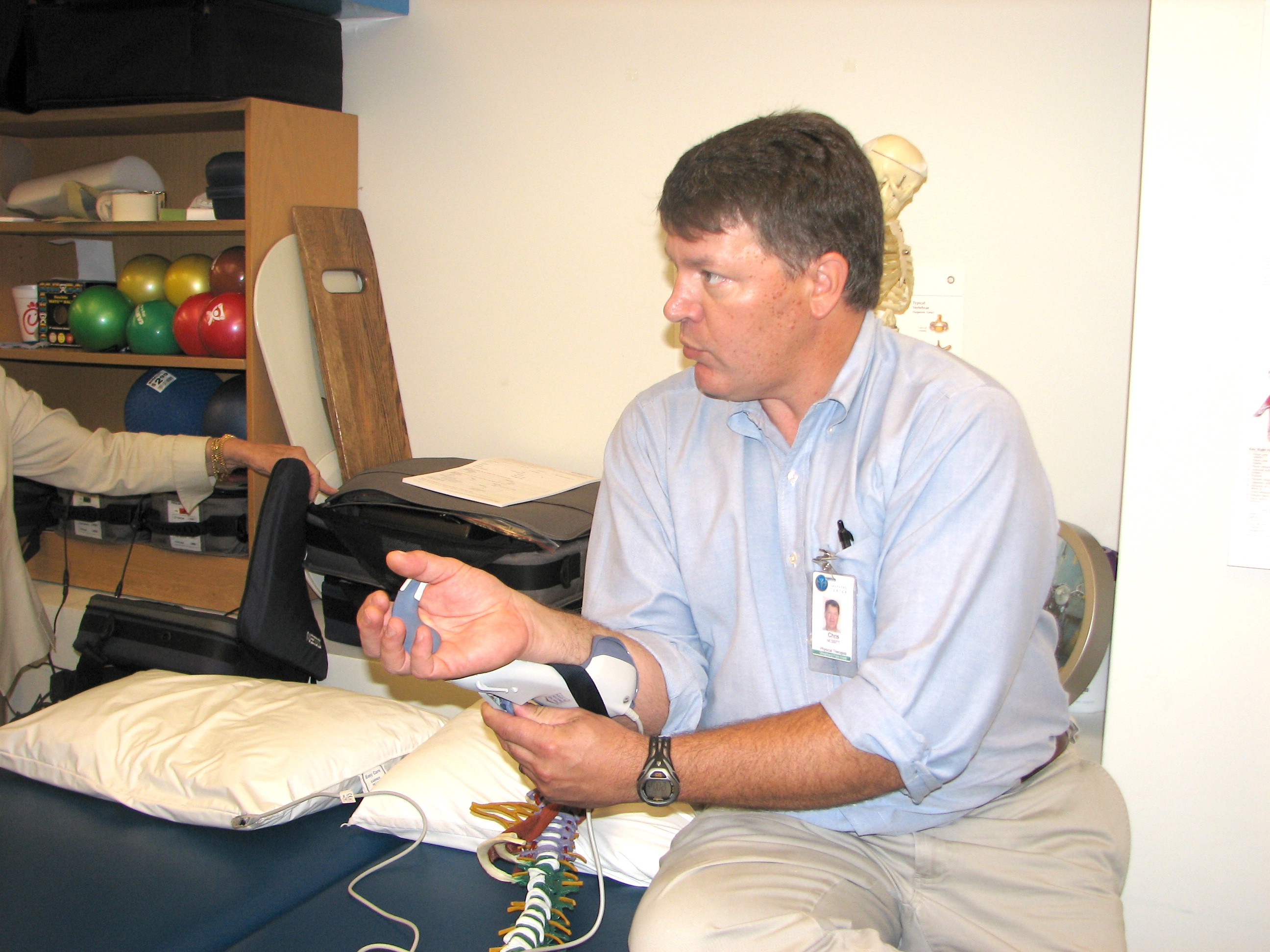
Social Sharing